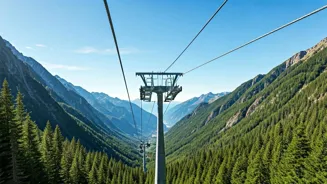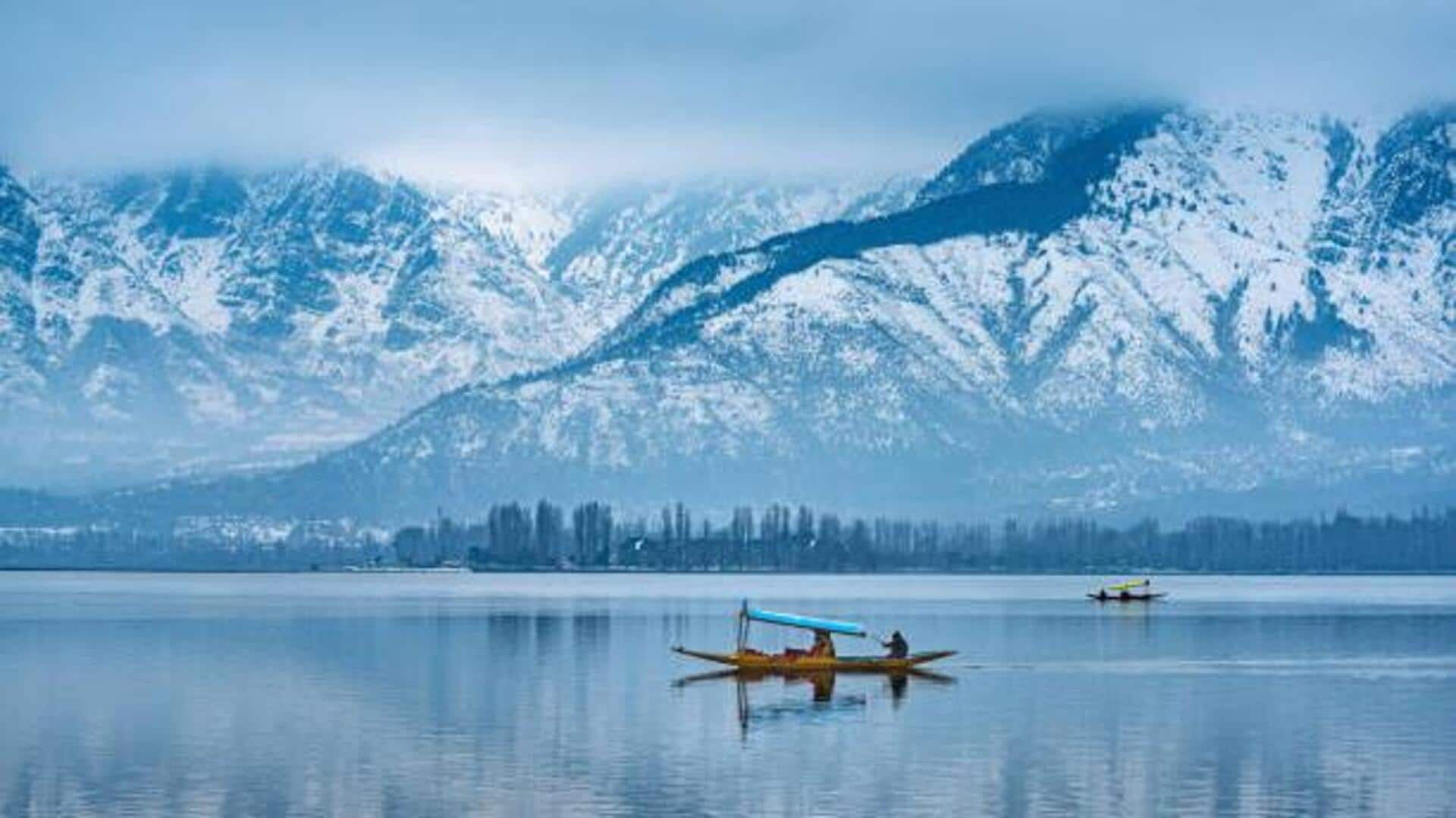Ropeway Revolution Unfolds
India is poised to witness a significant expansion of its ropeway infrastructure, with plans to establish 50 new routes spanning 14 states. This extensive
project signifies a major push towards improving connectivity, especially in challenging terrains where traditional transportation is difficult. The ropeways are designed to serve as crucial links to popular pilgrimage sites, such as Amarnath, and scenic destinations like Sonamarg and Ooty. This initiative reflects a strategic move to enhance accessibility and promote tourism across the country, promising more convenient and enjoyable travel experiences. The development underscores the government's commitment to modernizing infrastructure and providing accessible transportation solutions to various regions, particularly those that are geographically remote or difficult to access by road.
Strategic Route Planning
The selection of the 50 ropeway routes is carefully planned to connect key destinations, fostering seamless travel and accessibility. The project highlights a focused effort to integrate regions that were previously isolated or challenging to reach. By connecting sites such as Amarnath and the picturesque town of Sonamarg, as well as the serene hill station of Ooty, the government aims to facilitate easier access for pilgrims, tourists, and local residents. These routes are strategically designed to bypass congested roadways and offer a convenient mode of transport. This expansion will considerably reduce travel times. These initiatives will significantly contribute to the development of tourism and local economies by opening up previously inaccessible regions and creating new travel experiences.
Boosting Tourism Impact
The ropeway project is expected to significantly boost tourism by providing unique travel experiences and enhanced access to scenic locations. The development of these routes is anticipated to attract more tourists to popular destinations, enabling them to experience breathtaking views from above. This improved accessibility is expected to increase the flow of visitors to locations like Amarnath, Sonamarg, and Ooty. Ropeways not only offer a thrilling mode of transportation but also provide an unparalleled perspective of the surrounding landscapes. This initiative will generate new economic opportunities for local businesses by increasing tourist footfall, promoting local crafts and services, and supporting regional development. The project will likely redefine the tourism landscape in India, attracting both domestic and international tourists seeking unique travel adventures.
Infrastructure and Accessibility
This project will improve transport infrastructure, facilitating easy access to remote and challenging areas. Ropeways offer a reliable and efficient means of transport, particularly in areas with difficult terrain where conventional road construction is not feasible or economically viable. By connecting regions that are presently difficult to reach, the project provides an essential service to both residents and visitors. The initiative is designed to overcome geographical barriers, offering seamless and convenient travel options. This focus on accessibility is integral to the broader strategy of enhancing connectivity across India. It encourages economic activity and improves the overall quality of life, especially for those living in remote locations who will now enjoy improved access to essential services and economic opportunities.
Future Travel Prospects
The ropeway initiative will reshape the future of travel in India, providing sustainable transport and innovative tourism experiences. This project will contribute to reducing the environmental impact. By implementing ropeways, it decreases reliance on traditional modes of transportation, such as cars and buses. The project underscores the government’s commitment to promoting sustainable practices while enhancing the travel landscape. Furthermore, it will spur advancements in related technologies and services, creating new employment opportunities. This project has the potential to position India as a leader in sustainable and accessible tourism, offering travelers unparalleled experiences while supporting environmental conservation and inclusive growth.



